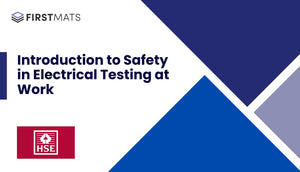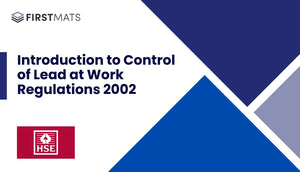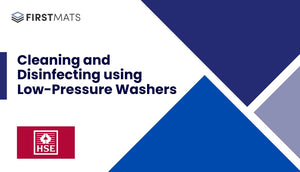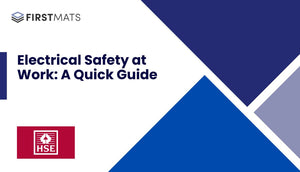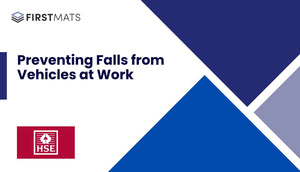Article Index:
Introduction
This article provides a simple, easy-to-understand guide to the Health and Safety Executive's (HSE) document on the Provision and Use of Work Equipment Regulations 1998 (PUWER). The original document, leaflet INDG291(rev1), outlines the requirements of PUWER and provides guidance for employers on how to ensure the safety of their employees in the workplace. This article summarises the key points from the original document, making them accessible for interested readers.
What Equipment is Covered by the Regulations?
PUWER covers any equipment used by an employee at work. This can range from basic tools like hammers, knives and lifting equipment, to more complex machinery like hoists, power presses and motor vehicles. If you allow employees to provide their own equipment, it must also comply with PUWER. The regulations cover various uses of equipment, including starting or stopping the equipment, repairing, modifying, maintaining, servicing, cleaning, and transporting.
Who Do The Regulations Apply To?
If you are an employer or self-employed person providing equipment for use at work, or if you have control over the use of equipment, then the regulations apply to you. They cover workplaces where the HSW Act applies, including factories, offices, shops, hospitals, hotels, places of entertainment, and temporary places of work such as construction sites. However, they do not apply to domestic work in a private household.
What Do The Regulations Require Me To Do?
- Ensure the work equipment you provide is suitable for use, maintained in a safe condition, and inspected regularly by a competent person.
- Eliminate or control risks created by using the equipment as far as reasonably practicable.
- Take appropriate 'hardware' measures, such as providing suitable guards, protection devices, markings and warning devices, system control devices, and personal protective equipment.
- Follow safe systems of work and provide adequate information, instruction, and training about the specific equipment.
Machinery Safety
Working with machinery can be dangerous, and injuries can occur in many ways. Before allowing someone to start using any machine, think about the risks and how these can be managed. Ensure the machine is complete, with all safeguards fitted, and free from defects. Produce a safe system of work for using and maintaining the machine.
Plant and Equipment Maintenance
Maintenance of plant and equipment is crucial as additional hazards can occur when they become unreliable and develop faults. You must have arrangements in place to ensure the necessary inspections take place. Maintenance should be correctly planned and carried out by a competent person.
How Do The Regulations Relate to Other Health and Safety Legislation?
The requirements of PUWER should be considered alongside other health and safety laws. Other specific legislation may also apply, such as the Workplace (Health, Safety and Welfare) Regulations 1992, the Construction (Design and Management) Regulations 2007, and the Supply of Machinery (Safety) Regulations 2008.
Conclusion
This article provides a simplified guide to the HSE's document on the Provision and Use of Work Equipment Regulations 1998 (PUWER). By understanding and adhering to these regulations, employers can ensure the safety of their employees in the workplace.


